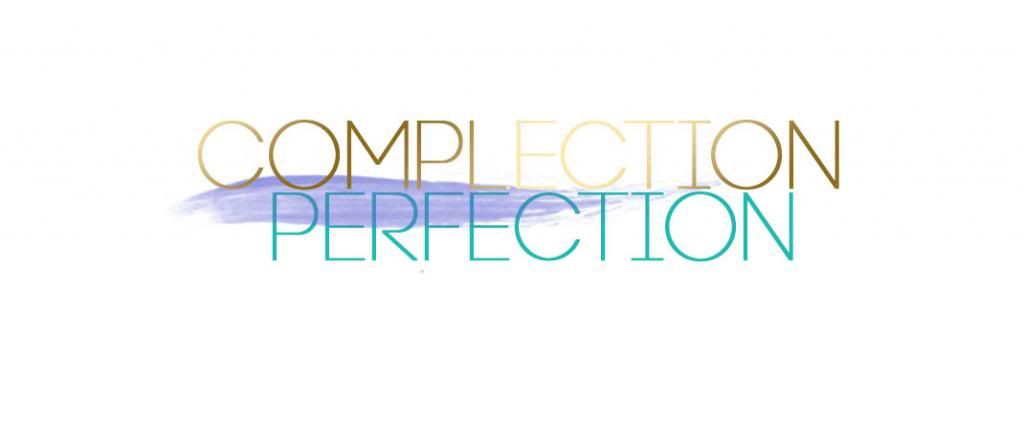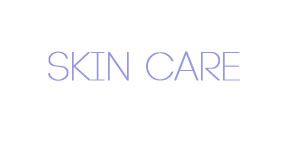There are many effective ways available but understand that it takes time to successfully treat pigmentation. It took time to build up that level of sun damage, so it takes time to break it down.
The best way to treat stubborn hyperpigmentation is to combine both treatments and product. What you put on the skin daily dictates it's daily behavior, and sunscreen is a must. Treatments break it up and allow the skin care to get deeper into the skin and treat it more effectively. The best treatments vary according to the type of sun damage you have.
With hormonal pigmentation I prefer to treat it with chemical peels and cold lasers (such as the red LED lights). Both methods are safe and effective. The LED red or green light therapy has zero downtime and can be done on your lunch break, but you need to do them once a week, every week for 4-6 months. That means 4 or 6 treatments total done over 4 to 6 weeks.
LED treatment above
Depending on which peel you do, you will peel for about a week following your treatment. Pictured below, I had a medium depth peel. The peeling with medium depths is not as bad as it's rumored to be. Photo is courtesy of the internet.
^Not going to happen^
HAHA! Everyone expects Samantha's down time, but that would typically be from a deeper peel like a TCA (Obagi Blue Peel) or a CO2 peel. Below is a photo from when I did a medium depth peel to target pigmentation. It starts around the mouth and works its way back into the hairline. Dang!! I had some filler in my lips then. Maybe I should do that again....lol
3 Days Post Peel
UV induced, chemically induced and post-inflammatory hyperpigmentation are easier to treat because it responds beautifully to the IPL or AFT. These lasers literally pull the brown spots out of the skin, but it needs to be done in a series of treatments. It would not require as many treatments as the LED light, but it does have a week of minimal "down time". You cannot get any sun on your skin safely after this treatment for a couple of weeks, at least, so this is best to do in fall or winter months.

photos courtesy of Alma lasers
The skin care you choose makes a big difference, as well. First of all, protection is key. If you are investing in your skin protect it from future damage, please! An spf of 35 or higher and purchase from medspas or doctors offices are your best bet. They actually meet claims they make. Ask an aesthetician what you should use for your skin type. It can be tricky! I will cover that in another blog post.







No comments:
Post a Comment